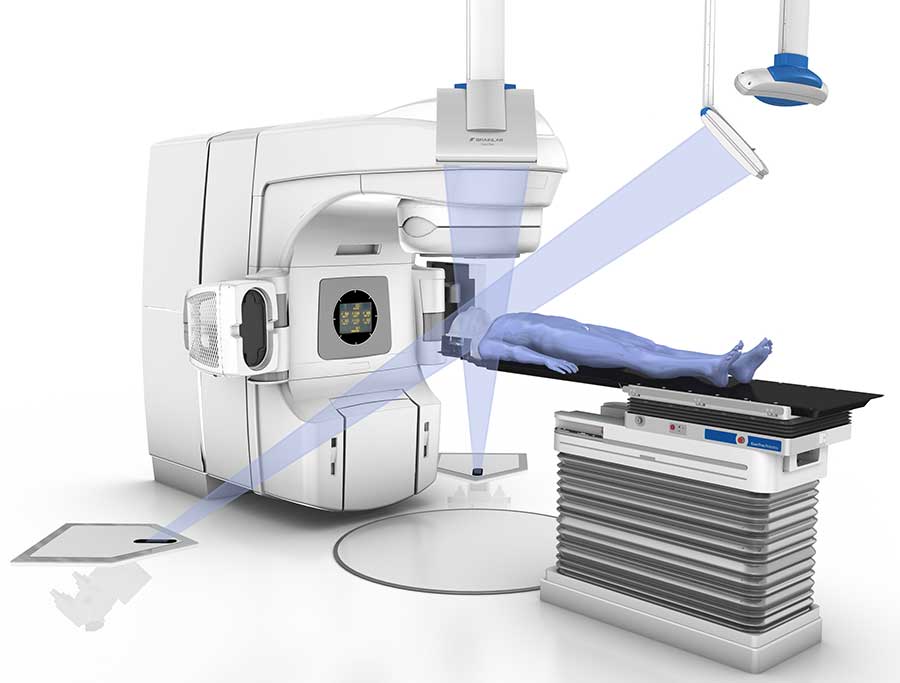The most common side effect is fatigue.
Side effects of sbrt for lung cancer.
Plan them as part of your day.
The type and how severe they are depend on many things.
Stereotactic body radiation therapy sbrt.
Redness like sunburn at the place on your body where you got the radiation.
Save time for activities you enjoy.
Delivers higher radiation doses to tumors which would not be possible with other radiation therapies.
Side effects of sbrt.
Take frequent rest periods and pace your activities.
The most common side effects of sbrt are.
Preserving healthy tissue is important for many lung cancer patients who may be struggling with other conditions like emphysema.
You might hear a few different terms for stereotactic radiotherapy which can be confusing.
With stereotactic body radiation the procedure.
There have been minimal side effects associated with stereotactic radiosurgery treatment for lung cancer.
It can be done but the chances for controlling a tumor decreases the larger a tumor is.
These include the dose of radiation the number of treatments and your overall health.
Stereotactic body radiation therapy sbrt is a highly effective yet not well known or widely used treatment for early stage lung cancer says molly freeman c n p a nurse practitioner who specializes in radiation and thoracic oncology at the cleveland clinic.
Follow these tips to deal with side effects you may have.
Most radiation oncologists will not perform sbrt on tumors larger than 6 cm just over 2 inches in diameter.
Stereotactic treatment for the body might be called stereotactic body radiotherapy sbrt or stereotactic ablative radiotherapy sabr.
Some people develop side effects from radiation therapy.
In lung tumors there is convincing evidence from united states japan and europe that sbrt may be as effective as surgery for early stage lung cancer.
It is certainly the treatment modality of choice for patients who cannot undergo surgery to remove their tumors from either a medical or technical perspective.
With sbrt only a small area of your body is exposed to radiation.
This lowers the risk of side effects.
Surgeons are often a little reluctant to perform sbrt on tumors located in the central part of the lung but will generally do so for tumors up to 4 cm 1 inches in.

